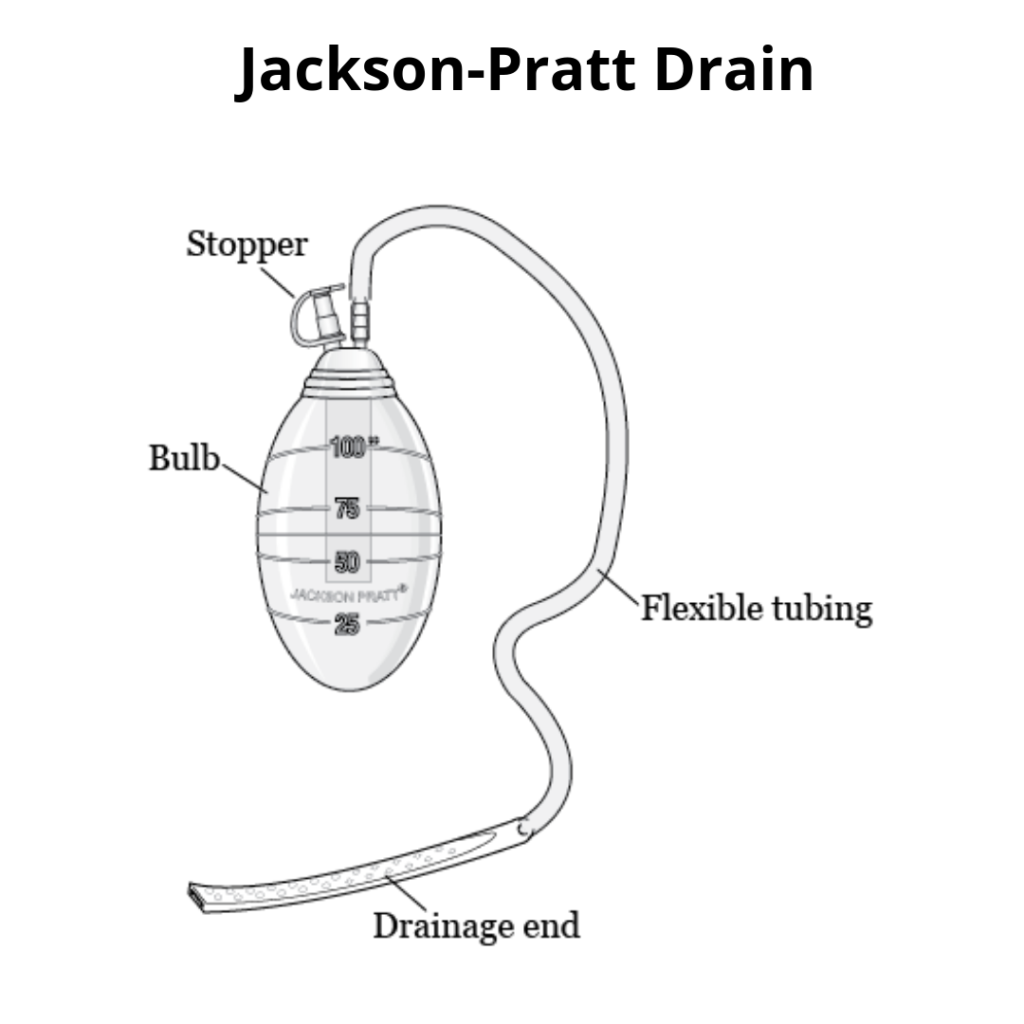Updated June 11, 2025
For men and women who want a flatter, firmer stomach, a tummy tuck is an excellent option, especially considering this popular procedure has a 95% “worth it” rating on RealSelf. At my practice in Richmond, VA, I perform tummy tuck surgery to remove excess skin and fat around the waistline and create a slim, taut midsection.
One question I hear during my tummy tuck consultations is about the use of post-surgical drains. In this blog, you’ll learn why drains are placed, how they help you heal, and what you can do for a fast recovery.
Why are drains needed after a tummy tuck?

Drains are used to help remove excess fluid that accumulates after surgery. During your tummy tuck procedure, skin and fat are separated from the underlying muscle, creating a large abdominal flap. The body produces a type of fluid called serous fluid to promote healing, and it can accumulate between the skin and muscle, known as the “dead space.” If this happens, complications can occur, such as seroma or infection.
To avoid this, 2 drains are usually placed beneath the skin to help remove serous fluid and any residual blood that may be present. These drains look like small tubes with bulbs attached. By squeezing the bulb, you create a manual suction that helps flush away excess fluid.
Drains are usually placed by your plastic surgeon at the end of your tummy tuck surgery. They are left in place anywhere from a few days to a few weeks after tummy tuck surgery. Most of my patients have their drains removed about 1 week after their operation.
What about drainless tummy tucks?
Drains are used after tummy tuck to help prevent seromas. Despite this, studies have shown that the rate of seromas after tummy tucks is about 10-20%. There have also been studies showing that stitches placed attaching the skin layer to the muscular layer during a tummy tuck instead of drains can have equivalent chance of getting a seroma, about 10-20% chance. These stitches are called either quilting sutures or progressive tension sutures.
In about 2019, Dr Lewis started using a combination of drains and the quilting sutures. He found this decreased his rate of seroma to less than 1%!
Although seromas are not a huge post operative complication, they are very annoying. Treatment either requires frequent needle aspiration or placing a new drain. Dr. Lewis feels like the combination of drains and sutures is the best way to close the tissue during a tummy tuck.
Will drains prevent me from returning to my normal day-to-day activities?
Post-surgical drains will not hinder your recovery or prevent you from doing normal daily tasks. In fact, your drains actually help you recover more quickly so you can get back to your regular routine faster. The key is to keep your drains clean, protected, and discreet while they are still in. Gentle showers or sponge baths will keep bacteria at bay and won’t irritate drains or sutures.
Some of my clients purchase post-surgical drain belts for when they are outside the home. These garments are worn under clothing throughout the day and can usually carry between 2 to 4 drains.
For a detailed look, please check out our tummy tuck recovery timeline.
How do you keep drains clean?
Keeping your drains clean is important for your safety and recovery. If bacteria accumulate, it can result in infection.
You’ll want to keep the skin around the drain and the incision site clean and dry. Avoid perfumed soaps and lotions, as these can irritate the skin. Use a mild antibacterial soap and warm water to clean the area regularly. Do not scrub the area or use harsh, abrasive sponges, such as a loofah. Use a soft washcloth and make sure you wash your hands before touching your incision or drain.
How long will my drains stay in?
How long you have your drains will depend on the extent of your procedure and your body’s ability to heal. I can often tell when a patient is ready to have their drains removed because they are not producing much fluid and the color of any remaining fluid is normal. For most people, this usually occurs about 7 days after surgery.
Although surgical drains do require care, they are well worth the effort to ensure a safe and rewarding result. If you’re ready to learn more about how you can achieve a toned stomach with tummy tuck surgery, contact us today. You can also see the results from some of my tummy tuck patients in our before-and-after photo gallery.
